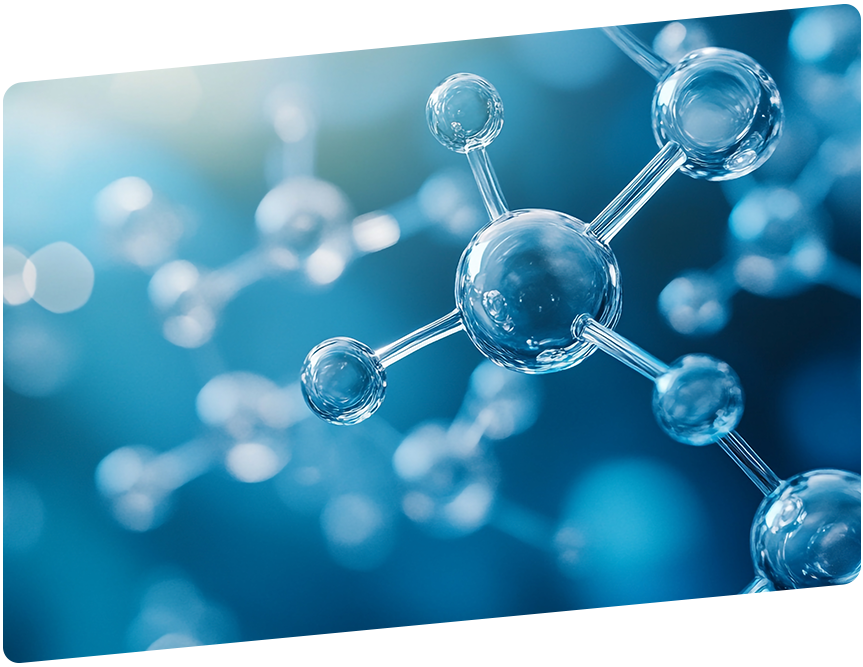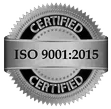Defoaming Agents
Foam can be a major headache in industrial processes and manufacturing. Uncontrolled foam can cause all kinds of issues, from contaminating products to disrupting workflows. Fortunately, defoaming agents offer an easy solution. These clever chemicals stop foam production in its tracks, allowing your operations to run smoothly.
How Do Defoamers Work?
Defoamers interrupt the formation of foam, so it can’t fully develop. There are two main types:
- Defoaming agents remove existing foam from a system or product. They break down foam that has already formed, making them effective foam control agents.
- Antifoaming agents prevent foam from forming in the first place. They stop it before it becomes a problem, making them a foam inhibitor.
Both work by altering the surface tension of bubbles, destabilizing the foam. When foam bubbles lose their rigid structure, they simply pop and disappear. Defoamers also change the viscosity of the foaming medium, making it harder for bubbles to form and cling together. Often, defoamers combine multiple approaches for maximum effect. Hybrid products utilize chemical agents, oils, waxes, powders, and emulsions to simultaneously eliminate foam through several mechanisms.
Types of Defoaming Agents
There are many options when it comes to defoaming agents. The best choice depends on your specific needs:
Common Applications
Anywhere foam poses a problem, defoamers offer a solution. Here are some of the most common uses:
- Food Processing – Defoamers allow smooth beverage pouring and prevent unwanted foam in products. They also eliminate foam-based food waste.
- Water Treatment – Foam wreaks havoc on filtration processes and contaminates effluent streams. Defoaming agents mean cleaner wastewater.
- Manufacturing – Defoamers improve workflows by preventing foam-related slowdowns. They stop foam carryover and contamination in products.
- Paper Production – Controlling foam minimizes sheet defects and efficiently recovers process water. Defoamers also reduce foam-based breaks and improve dewatering.
- Oil Production – Antifoams allow oil and gas to separate naturally without foam barriers forming. They facilitate purification and prevent pumping issues.
- Inks – Defoamers eliminate foam that can cause printing defects. They also reduce viscosity, improving ink transfer and drying.
Any process plagued by excess foam can benefit from defoaming agents. They restore control and optimize workflows.
Benefits of Using Defoamers
Defoamers offer many upsides beyond just eliminating foam:
- Preserve Product Quality – Foam damages quality by disrupting texture, consistency, and more. Defoamers prevent defects.
- Improve Process Efficiency – Uncontrolled foam slows operations and reduces yields. Defoaming agents optimize workflows.
- Reduce Waste – Foam causes spills, rejects, and rework. By controlling foam, less product is lost.
- Enhance Purity – Foam holds impurities that can contaminate products. Defoaming agents allow higher purity.
- Protect Equipment – Foam clogs pipes, pumps, and filters. Defoamers prevent damage and downtime.
- Create Safer Operations – Excess foam releases hazardous fumes and causes slippery floors. Defoaming agents mean safer working conditions.
Defoamers deliver major benefits for product quality, efficiency, purity, and safety at relatively low cost and effort.
Ready to Find the Right Defoaming and Antifoaming Agents? Reach Out to Us
Foam may seem harmless, but if left unchecked, it can wreak havoc on industrial processes and manufacturing. Defoaming agents prevent and eliminate foam with specialized chemistry that targets bubble formation and stability. With powerful options like silicone, oil, organic, and polymer-based products, defoamers offer easy foam control across virtually any application. Work with us at Polyventive to optimize your operations with defoaming and Antifoaming agents today. We also provide other products for your formulations, including sequestering agents and optical brighteners.
Reach out to learn more about foam management and foam inhibitor solutions.








